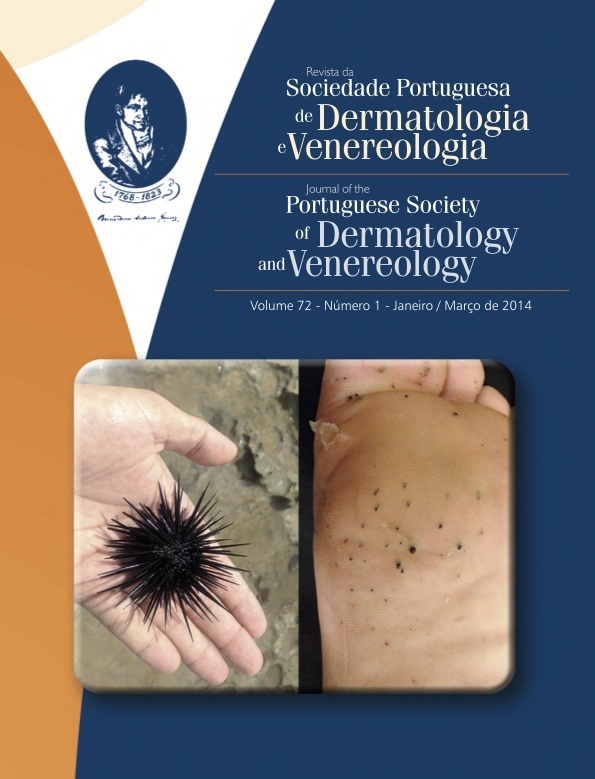DIAGNOSIS AND MANAGEMENT OF COWS’ MILK PROTEIN ALLERGY IN INFANTS AND CHILDREN
Abstract
Cow’s milk protein allergy is an increasingly prevalent and more prolonged disease. Cow’s milk protein allergy is the most common food allergy in infants with a prevalence of approximately 2% to 3%. It may develop even in exclusively breastfed infants. It can manifest through a wide variety of symptoms depending on whether the type of immune response is IgE or non-IgE mediated. Symptoms and signs related to cow’s milk protein allergy may involve many different organ systems, mostly the skin and the gastrointestinal tract. Among the skin manifestations, urticaria and angioedema are likely the most common, followed by atopic dermatitis, pruritus, diffuse erythema and maculopapular rash. Cow’s milk protein allergy is suspected clinically in a large number of children. An incorrect diagnostic workup often leads to unnecessary dietary restrictions that may affect growth and development of children. This article presents a practical approach for the diagnosis and management of suspected cow’s milk protein allergy according to age and symptom severity.
Downloads
All articles in this journal are Open Access under the Creative Commons Attribution-NonCommercial 4.0 International License (CC BY-NC 4.0).








